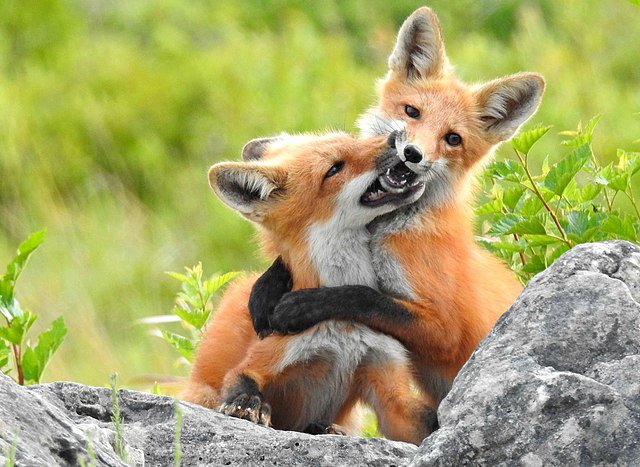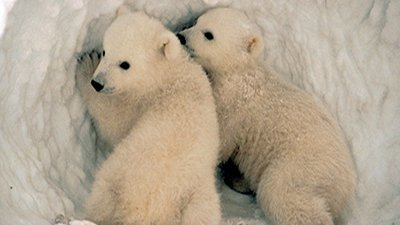Ask a Baraminologist: Warm-Blooded Animals
Hey, kids, welcome back to our series “Ask a Baraminologist”! Please keep the questions coming. I will get to all of them as soon as I can. This week we will be answering multiple questions with a warm-blooded animal theme and more!
Our first question comes from Kaleb who asks, “I have a question. It is a question I’ve wanted to know for a long time. Could de-extinction actually work?”
In a related question, Kaleb also asks, “Today, my question is: what extinct birds and mammals lived on Hawaii?”
Great questions, Kaleb. I’ve elected to take them together as they both deal with the concept of extinction. It is difficult to get an exact number as some species that went extinct on Hawaii may not have left fossils behind, particularly anything soft bodied like insects. However, as best I can tell, 1 species of endemic bat, close to 90 species of birds, close to 30 species of insects, and an unknown number of reptile and amphibian species have become extinct on the islands. Some of the bird species in particular were very colorful and represent an unfortunate loss to humanity.
Can we bring these species back from the grave? The answer to this question is maybe. Based on a Biblical model, the traits of a species go back to the animals that survived the flood. Therefore, provided the traits that made up the species still exist in its relatives, it is theoretically possible to breed back to that set of traits, though it would be difficult and time-consuming.
An alternative way would be to take DNA from the dead organism and use that DNA to effectively clone the dead species. Again, this is costly and difficult, but theoretically possible. However, often the recovered DNA is too damaged to use for this purpose. Some firms are working on possibly bringing back the woolly mammoth and other ice-age-distinctive creatures, but they are using existing species’ DNA alongside remnants of extinct species’ DNA. I am not completely convinced that this will work, but I’m open to the possibility and look forward to seeing the results.
Our next question comes from Leah who asks, “What is the smallest kind of hummingbird?”
Great question, Leah! The smallest hummingbird in the world is the bee hummingbird (Mellisuga helenae). The largest of these tiny birds weigh less than three grams and are less than three inches long! They are gorgeous birds, but given they are limited to Cuba and the surrounding islands, it is unlikely we will get to see them in our backyards. However, there are plenty of hummingbirds native to other areas. If you plant some colorful flowers with nectar, there is a good chance they will pay you a visit when the weather warms up.

Joanne Redwood via Wikimedia Commons (Public Domain)
Our third question comes from Roderic who asks, “Are foxes related to dogs and what foxes can climb trees?”
Awesome questions, Roderic! I’m going to take your second question first as it is simpler. Only two canine species climb trees regularly, the racoon dog and the grey fox. Grey foxes are not technically foxes as they are not members of genus Vulpes, the true foxes. However, even the red fox (Vulpes vulpes) will climb trees sometimes. There is some variation in individual behavior within species so just because most red foxes won’t climb trees, does not mean some might not climb from time to time.
In terms of your second question, an Answers Research Journal “Mammalian Ark Kinds” paper1 argued that they are related. I have my doubts about that. Most dogs have 78 chromosomes (with a few exceptions that are close. The foxes have somewhere between 34–64 chromosomes, and their mitochondrial DNA clusters the dogs and foxes separately. However, without more research, it’s impossible to say for certain. For the moment, I am tentatively comfortable with foxes and dogs being in the same baramin, but I hold that position very loosely.
Our final question comes from Mara who asks, “What color is a polar bear’s blood?”
Awesome question, Mara! Polar bears have red blood like humans do. This is because the blood cells contain a special molecule called hemoglobin that transports oxygen. Hemoglobin gets its name because it binds to a chemical called heme. It is heme that turns blood red. But the reason heme is red comes from what it contains. Heme has an iron molecule in it that turns it red. When exposed to oxygen for an extended period, the iron oxidizes and turns brown. This is why a bloodstain does not stay red, but instead turns reddish-brown.

I hope these answers help you and are a blessing to you. Please feel free to keep sending in the questions, I’ll get to them as soon as I can!
Footnotes
- Lightner, Jean. “Mammalian Ark Kinds.” Answers Research Journal 5 (2012): 151–204, https://answersresearchjournal.org/mammalian-ark-kinds/.
- © 2024 Answers in Genesis
- Privacy Policy
- Contact
- About
